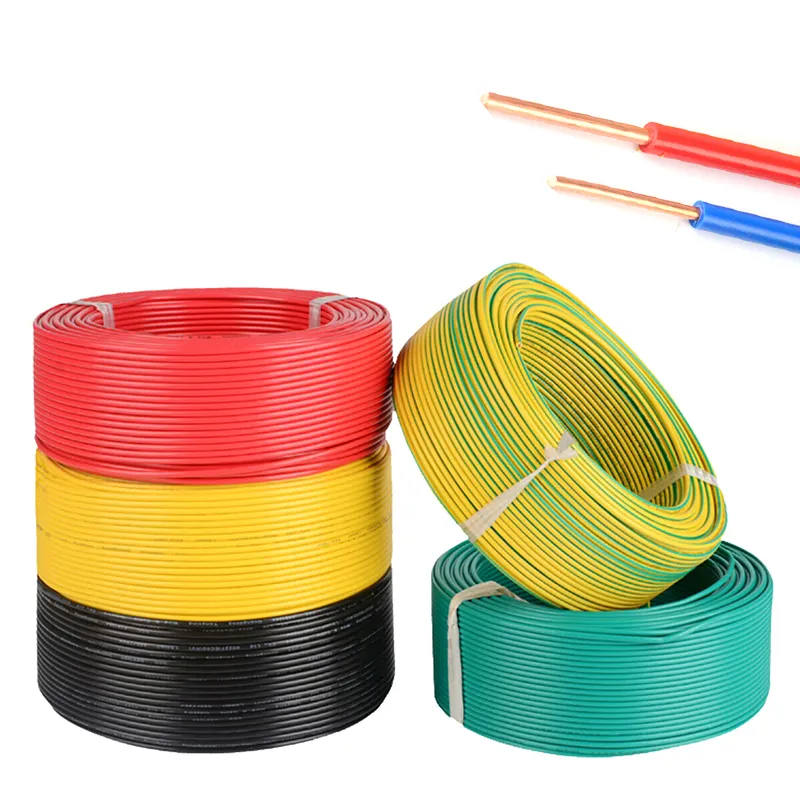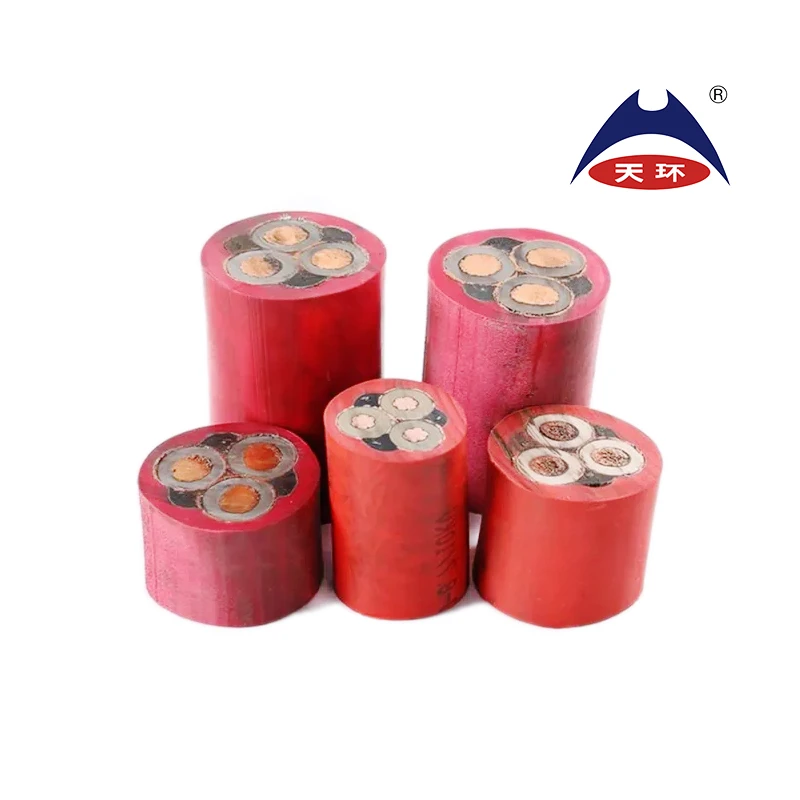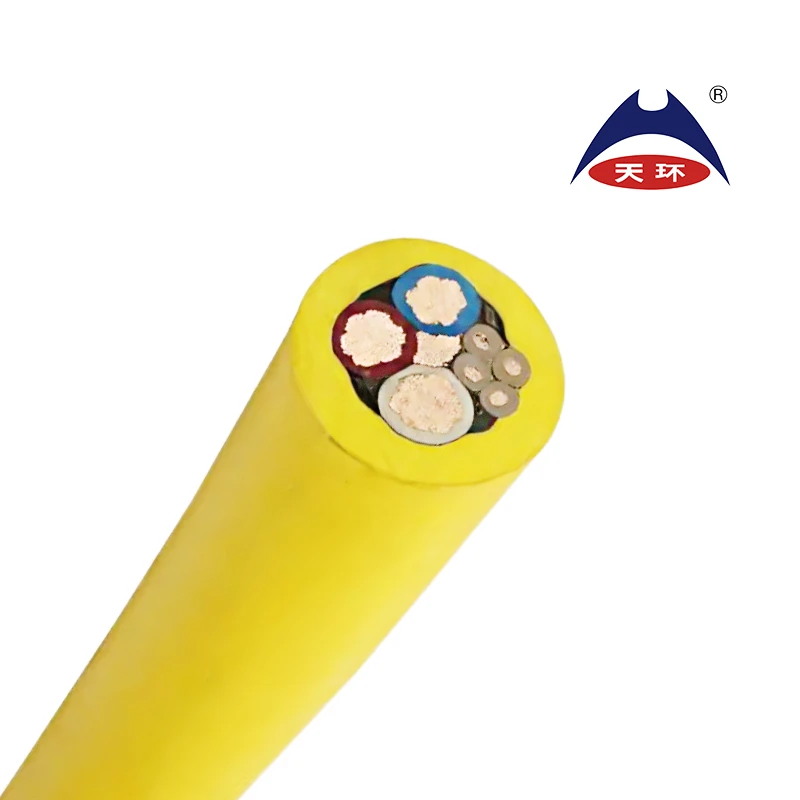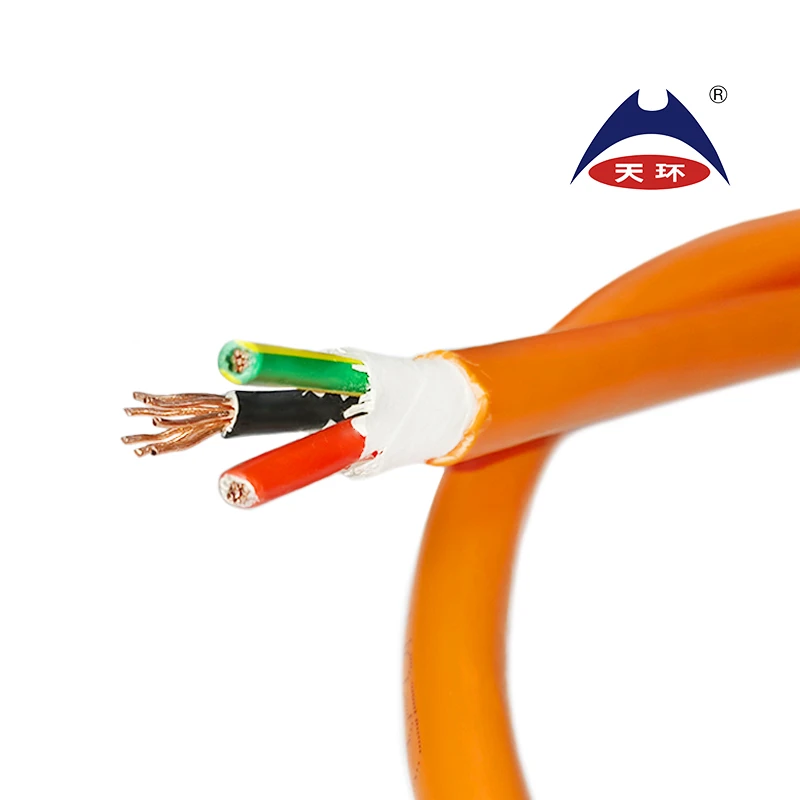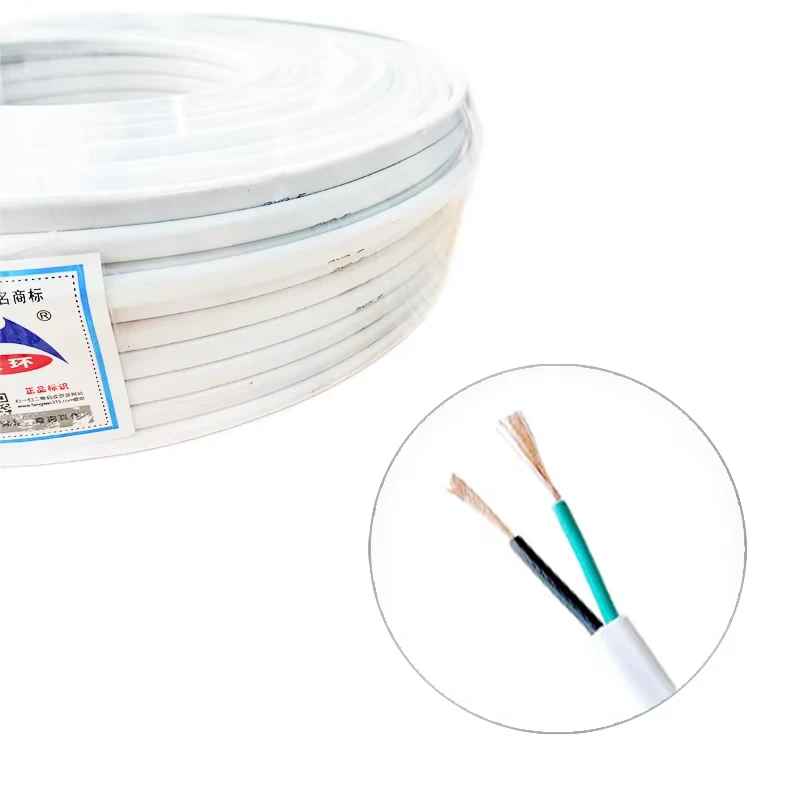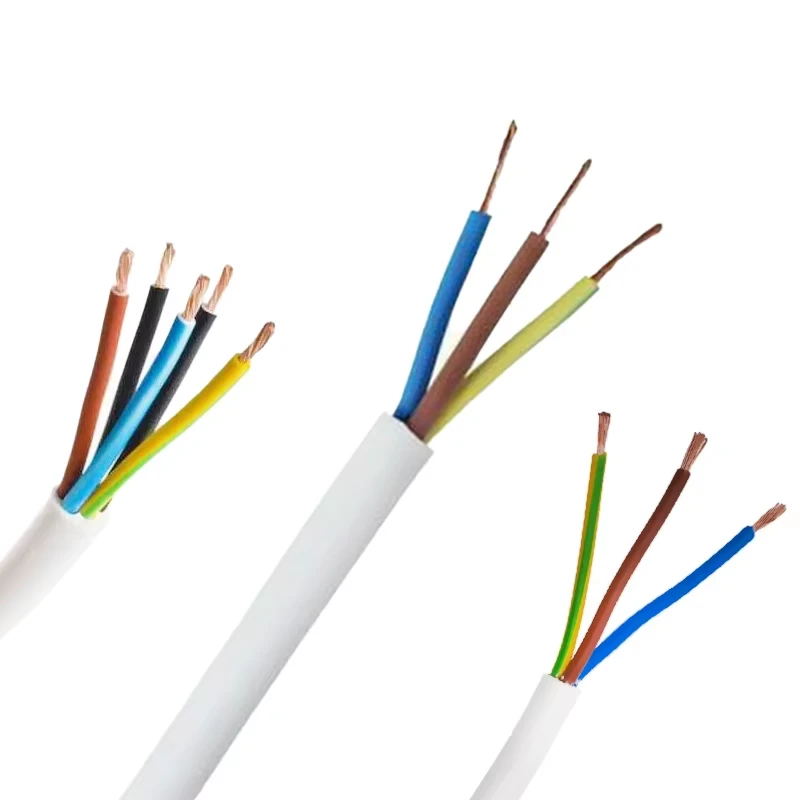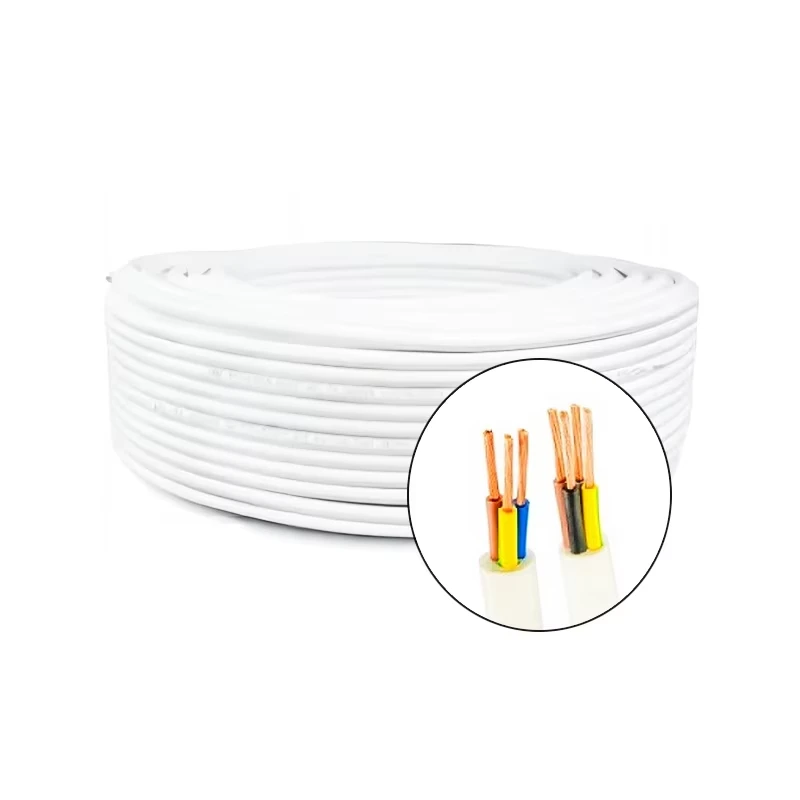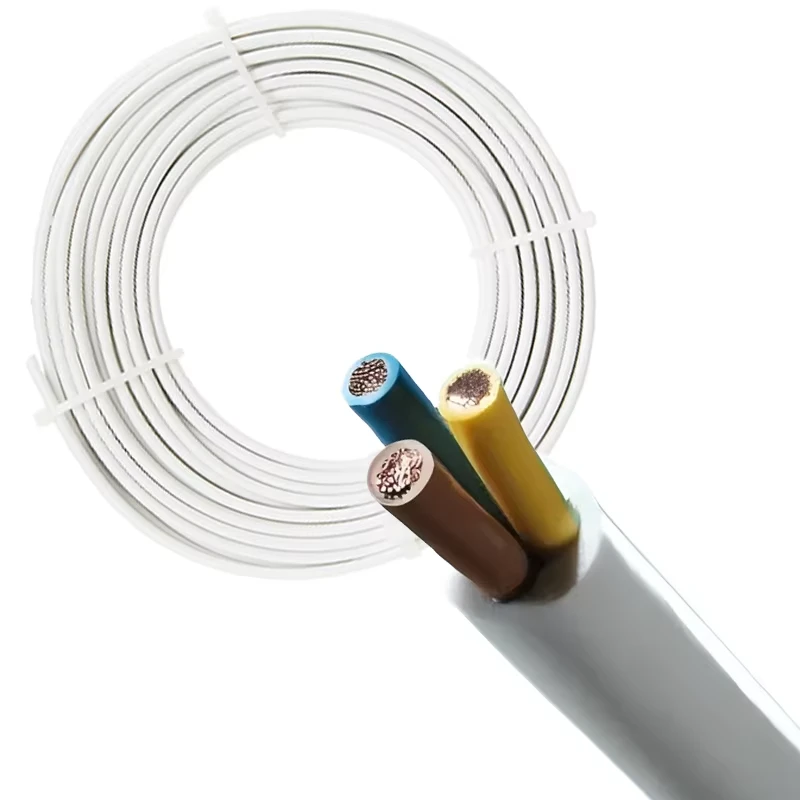
Types of Electrical Wiring in Commercial Buildings
Types of Electrical Wiring in Commercial Buildings
If you’re like most business owners, you probably don’t think too much about the electrical wiring in your building. But did you know that there are different Types of Electrical Wiring in Commercial Buildings, and each one has its own benefits and drawbacks?
Commercial buildings and residential buildings alike require all sorts of systems for security, heating, cooling, and electrical. These systems allow a building to properly function – be them low rise or high rise. When it comes to electrical, these buildings require wiring and, in a commercial building, the electrical wiring system is required for the functionality of a business.
Televec provides a variety of wires and cables to clients – you can get in touch with us by filling this form, and we will be happy to assist you.
Such electrical wirings come in different types and sizes, and in today’s blog we will break down all of their definitions.
What type of wiring is used in commercial buildings?
Commercial buildings need electrical wiring for the purposes of making office equipment and machinery work properly, as well as to keep businesses and employees safe in the scenario that an accident occurs.
The electrical wiring of a commercial building will also depend on the country where the building is located – it will influence the electrical system operation and complexity, since different countries have different rules and regulations for this type of property.
Types of Electrical Wiring in Commercial Buildings
- The Raceways & Conductors Method
- Cable Assemblies
- Busways
With that being said, Let’s discuss the main types of electrical wiring in commercial buildings.
1. The Raceways & Conductors Method
This is the most common type of electrical wire installation – and this statement also applies to residential buildings. This method leads electric current in a mix of conduit and tubes and conductor equipment.
Very common conductors are known as THHN and XHHW – thermoplastic high heat-resistant nylon jacket, and high heat-resistant. These conductors can be made of copper for branch circuits, or can be made of aluminum, for feeders.
Raceways and conductors used in commercial buildings are of many types:
i. RMC
This type is required in places that need high protection against physical damage. This conductor’s coat offers a pleasing look and lots of flexibility thanks to the zinc and the heavy blanks used.
ii. IMC
This type of conductor is a thinner version of RMC. Its name translates to “intermediate metal conduit”, and comes with a variety of sizes and accessories. The material is resistant to corrosion.
iii. FMC
With easy installation, FMC raceways are also made of flexible aluminum and steel, in a variety of shapes and sizes. One does not have to be very skilled to install it, and the cost is mostly cheap.
60227 IEC 01 STANDARD 450/750V BV BVR
iv. EMT
For both commercial and industrial buildings, EMT is the most popular type. The metal is reusable, covers imperfections, and conducts electricity safely, and accommodates all types of different cables available out there.
v. PVC
This type is common for underground installations of conductors, working well in environments that are hot and dry. It can be installed underground, and resistant to corrosion.
The advantages of raceways and conductors are in the fact that most of these cables are very flexible, fast and easy to install, resistant to extreme temperatures, and save a lot of costs.
2. Cable Assemblies
This type of wire is composed of multiple insulated conductors, protected and covered by metal. These cables are made to be easy to assemble and install, and have many different configurations to conduct electric wiring.
They also come in conductors previously mentioned: THHN and XHHW. The most common ones are:
i. Armored Cable / AC
This cable connects power receptors to light, and is covered in aluminum or steel. They are very common in commercial buildings – as well as industrial and institutional ones.
ii. Mineral-insulated Cable / MI
This cable is used more often than steel cables in a utility industry setting because the magnesium coat is more durable.
iii. Metal-Clad Cable
This type of cable offers permanent installations. It is made of individual wires in a low voltage, protected by aluminum, or steel, or copper.
iv. Nonmetallic Cable / NMC
Both commercial and residential buildings make use of nonmetallic cables. They are also of low voltage, and are non-armored as well. Some of these cables can be used as entrance cable, or branch circuits, and incorporate a ground conductor.
v. Underground feeder / UF
Underground cables are placed and installed in areas where it is difficult to work in. They are used on the outdoors, and have protection against animals that might dig in the area.
vi. Service-entrance Cable / SE
This cable is a type of cable used in attics and other areas that have no risk of physical damage.
The advantages of cables lie in their installation – it is fast and of low cost – and their resistance to fire and very extreme temperatures. Commercial buildings make more use of cables that are EMT, MC and AC.
-
Reliable LIYCY Cable Solutions for Low and Medium Voltage ApplicationsNewsJul.14,2025
-
Premium Overhead Electrical Wire Solutions for Low and Medium Voltage ApplicationsNewsJul.14,2025
-
Innovative XLPE Electrical Cable Solutions for Modern Low and Medium Voltage NetworksNewsJul.14,2025
-
High-Quality Ethylene Propylene Rubber Cable – Durable EPDM Cable & 1.5 mm 3 Core OptionsNewsJul.14,2025
-
Exploring the Versatility of H1Z2Z2-K 1X4mm2 Cables in Modern ApplicationsNewsJul.14,2025
-
Uses of Construction WiresNewsJul.14,2025
-
Types of Neoprene CableNewsJul.14,2025





